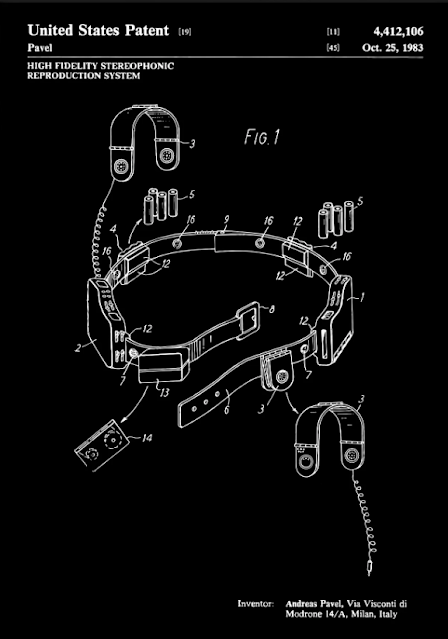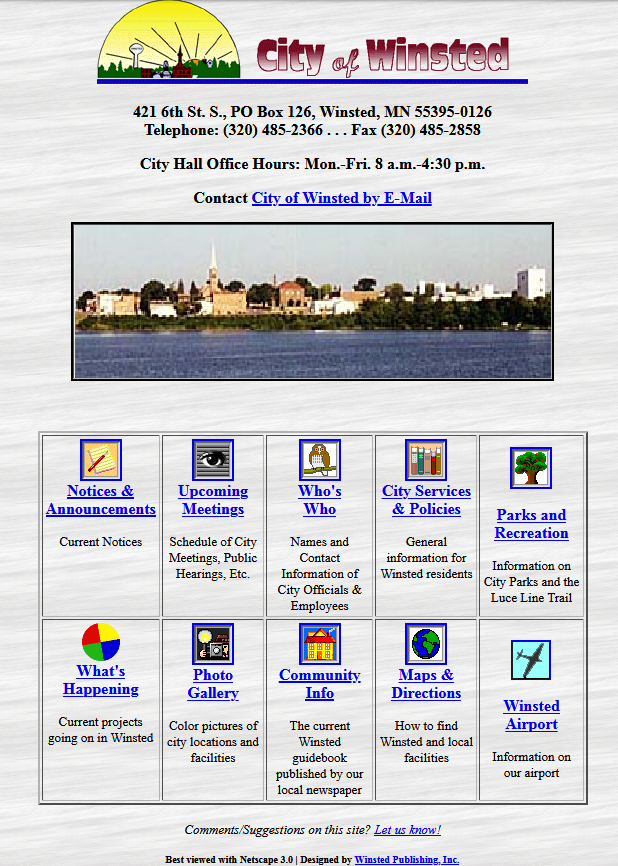© Mark Ollig
Welcome to today’s 52nd and final column of 2022.
We have come to the end of another year, and I understand what my mother meant when she told me, “As you grow older, time goes by faster.”
Where did those 12 months, 52 weeks, 365 days, 525,949 minutes, and 31,536,000 seconds go?
Spaceship Earth’s new orbit around the sun in 2023 will carry nearly 8 billion passengers.
As we continue our journey through the 21st century, I think about its start Jan. 1, 2001.
2001 is a year that holds special meaning to those of us who watched the 1968 movie premiere of “2001: A Space Odyssey.”
Stanley Kubrick and Arthur C. Clarke wrote the classic science fiction screenplay, making it into a major motion picture produced and directed by Kubrick with a budget of $10.5 million ($85.5 million today).
At the movie’s beginning, astronauts working on the moon discover a mysterious black cuboid-shaped monolith.
The monolith’s origin was traced to Jupiter, and a secret mission to investigate it was launched from Earth.
Months later, a crew of five astronaut scientists aboard the Discovery One spacecraft arrived at Jupiter, led by Commander Dave Bowman.
Also onboard Discovery One is the “Heuristically programmed ALgorithic computer,” a sentient artificial intelligent supercomputer known as HAL.
HAL manages all technical aspects of the space mission, including control of the spacecraft and regularly interacting with Bowman.
As Discovery One approaches Jupiter, another monolith is discovered.
While Bowman and astronaut Frank Poole investigate the monolith, HAL begins to malfunction and attempts to sabotage the investigation.
A memorable scene from the movie occurs as Commander Bowman attempts to stop HAL by removing its cognitive computing circuit modules.
While each circuit module is removed, HAL slowly sings “Daisy Bell (Bicycle Built for Two)” until it ceases to operate and electronically dies.
Although the motion picture “2001: A Space Odyssey” was made 54 years ago, its depiction of futuristic space travel, artificial intelligence, the search for extraterrestrial life, and thought-provoking questions about human evolution remain relevant today.
“2001: A Space Odyssey” also raised many questions, especially with its ending.
“If you understand 2001 completely, we failed. We wanted to raise far more questions than we answered.” Arthur C. Clarke said.
Clarke admits this; however, future movie sequels addressed and answered many of the original movie’s questions.
I highly recommend seeing this movie and its sequels if you have never watched them.
Arthur Charles Clarke passed away March 19, 2008, at age 90.
Stanley Kubrick was 70 when he died March 7, 1999.
Ray Kurzweil, born in 1948 in New York City, is an inventor, entrepreneur, and futurist who made significant contributions to the field of artificial intelligence, robotics, and computer science.
At age 12, his uncle, who worked at Bell Laboratories, introduced him to computers.
Kurzweil, who became fascinated by their potential, began studying computer science and wrote his first computer program at age 15.
In high school, Kurzweil developed a pattern recognition software program that he used to analyze classical music.
He later applied this software program to study the works of many composers, including Beethoven and Mozart.
Kurzweil’s passion for computer science and music would continue throughout his career, and he would later invent the first music synthesizer to use computer software.
In 1977, Kurzweil invented the reading machine, which converts printed words into artificial speech. His device was used by the blind.
So, when will artificial intelligence become human-like in their thinking?
“The year 2029 is the consistent date I’ve predicted when artificial intelligence will pass a valid [Alan] Turing test and therefore achieve human levels of intelligence. By 2029, computers will have human-level intelligence,” Ray Kurzweil predicted.
So, according to Kurzweil, as we enter 2023, it may be only six years before people begin sharing the stage with advanced computing devices mimicking human intelligence.
“Time keeps flowing like a river” is a metaphor suggesting time is constantly moving forward, just as a river always flows downstream. However, it can also express a longing for the past, meaning that time is fleeting and we cannot hold onto it.
As Abraham Lincoln once said, “The best thing about the future is that it comes one day at a time.”



















